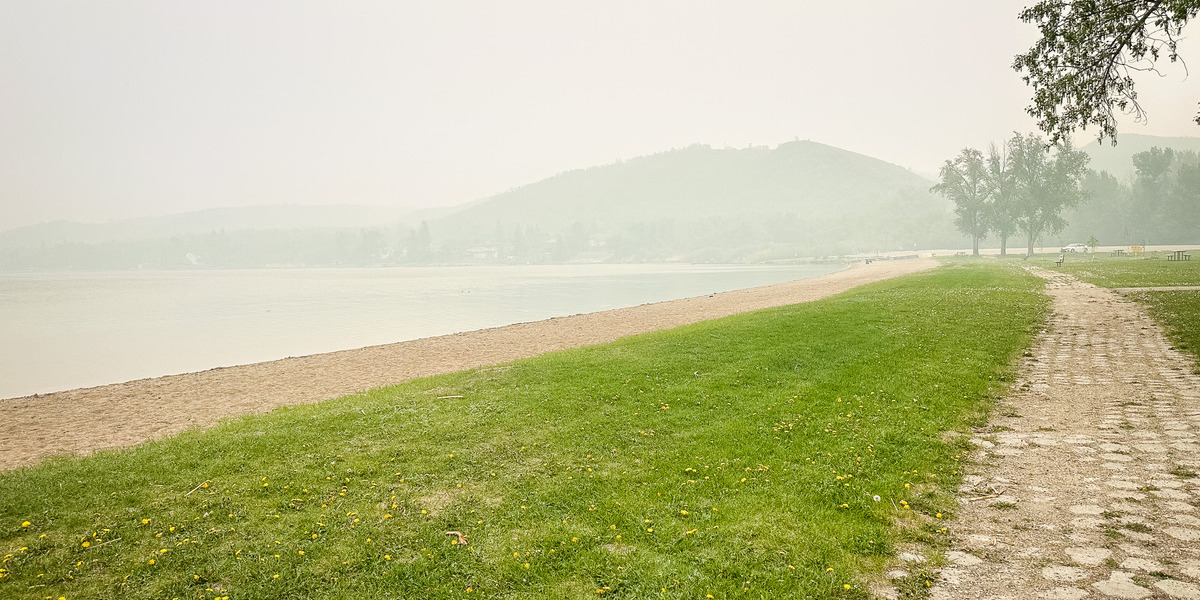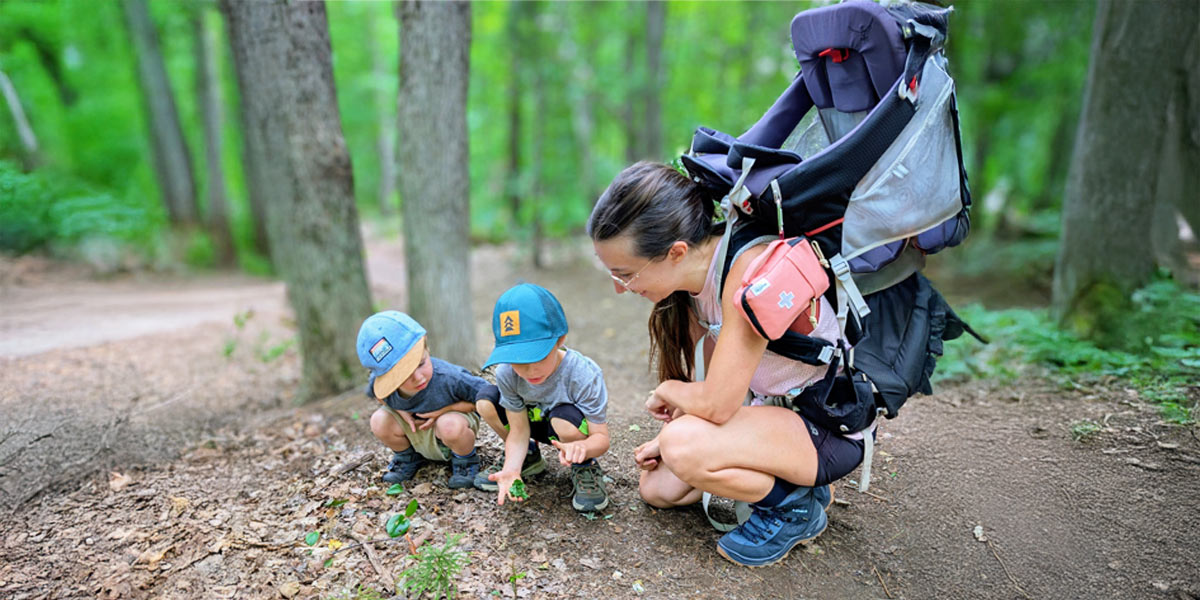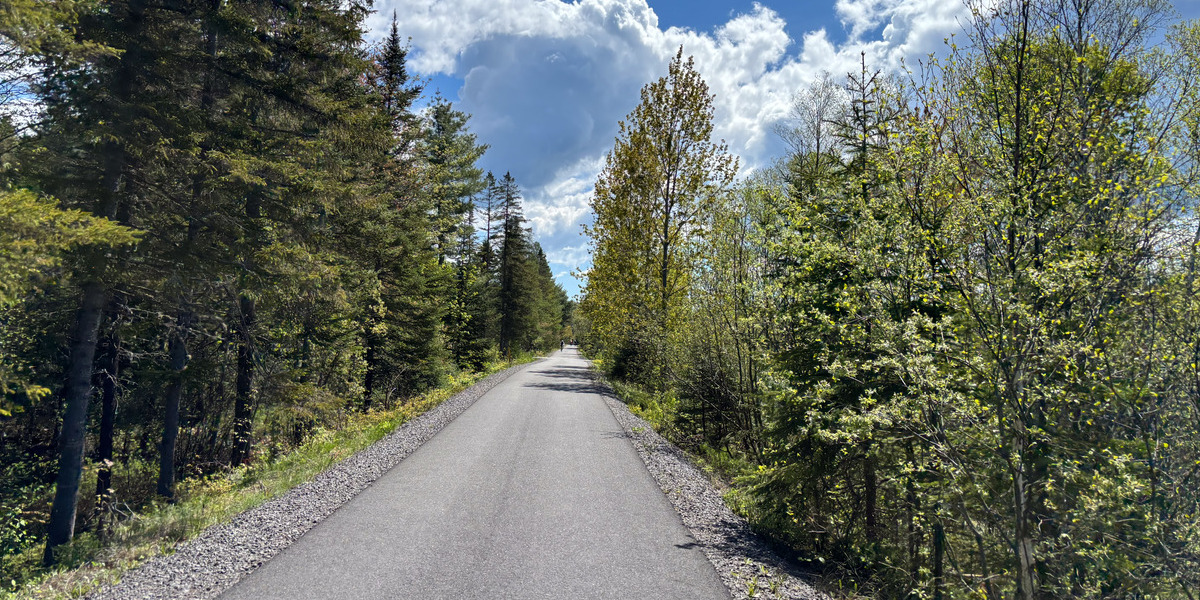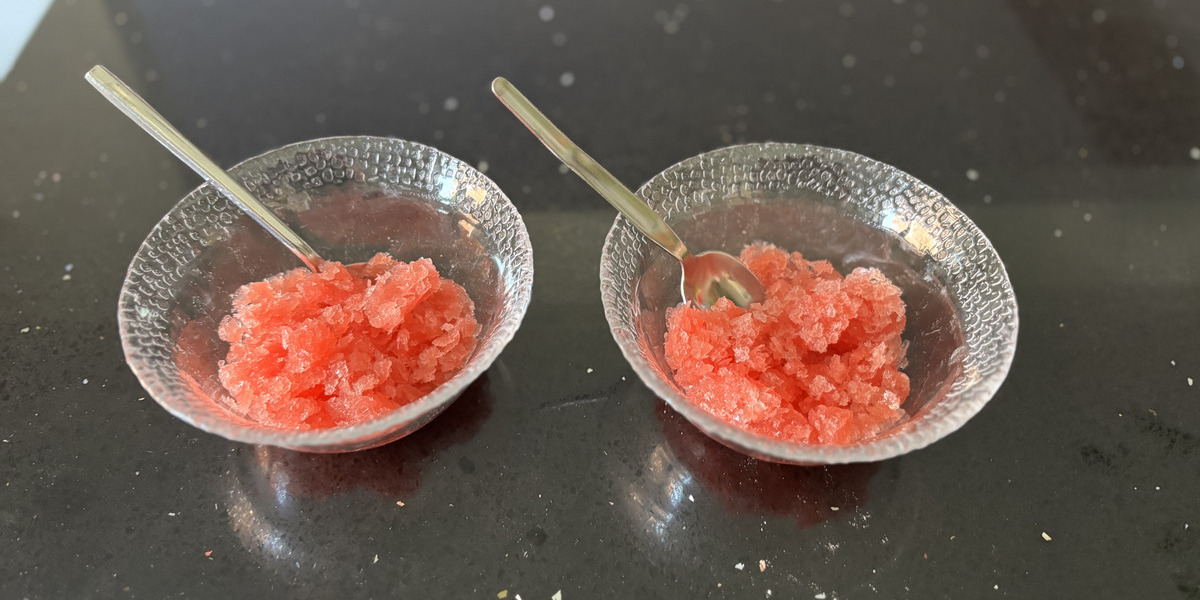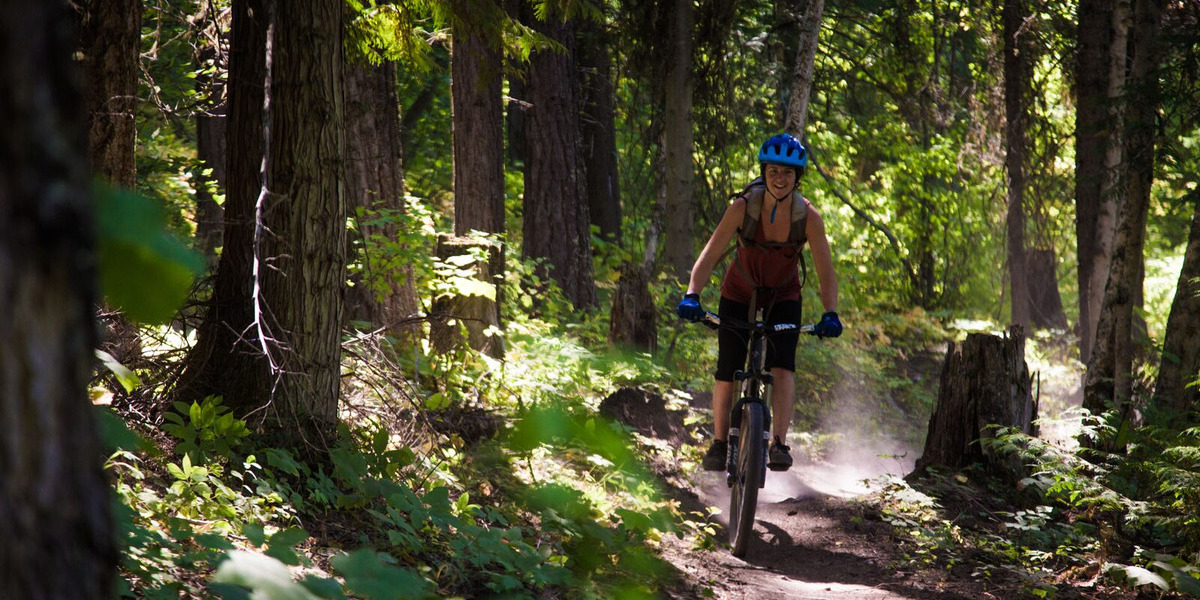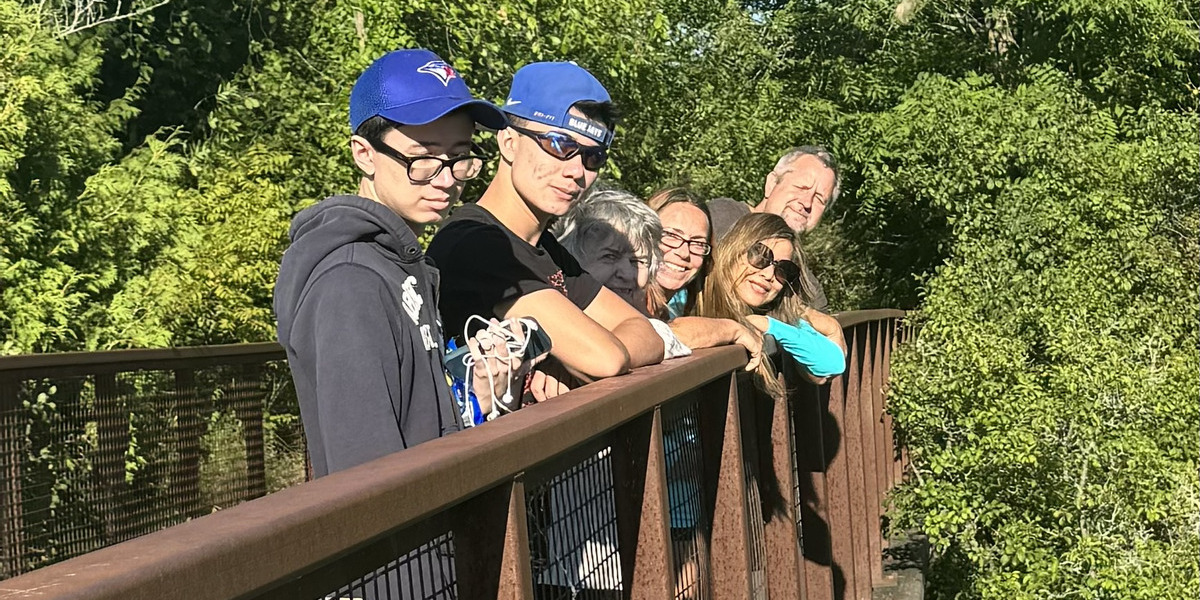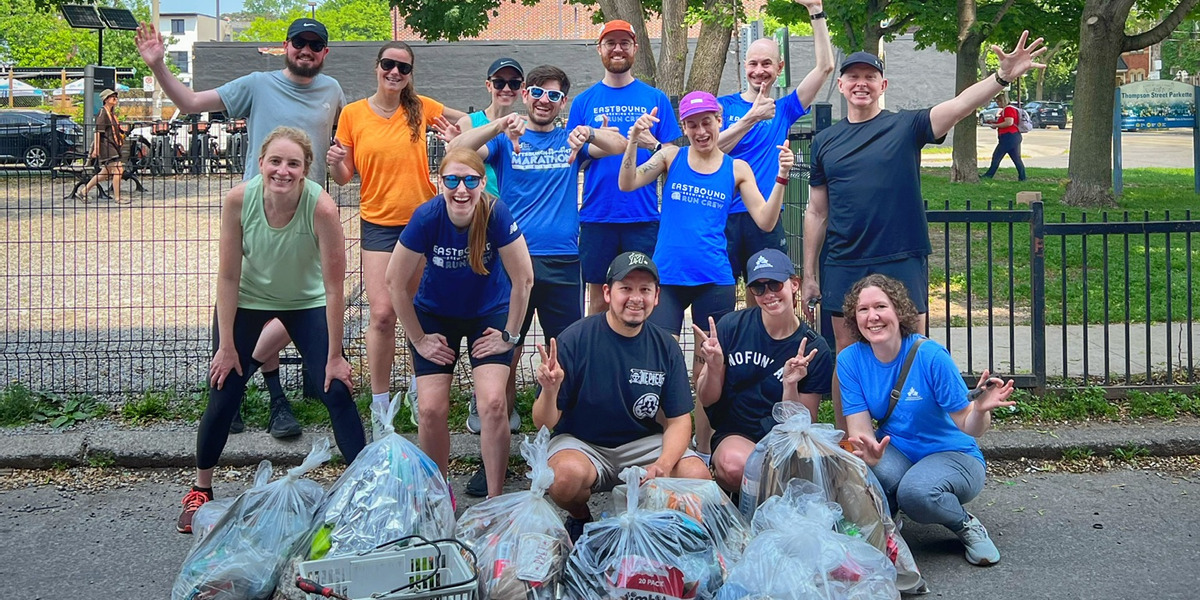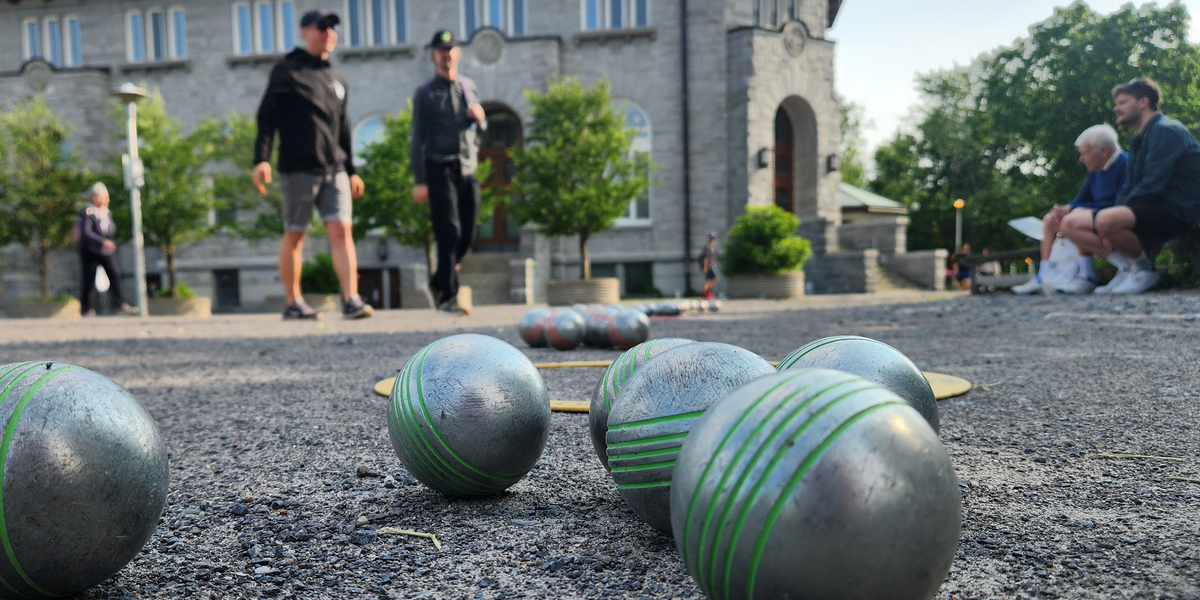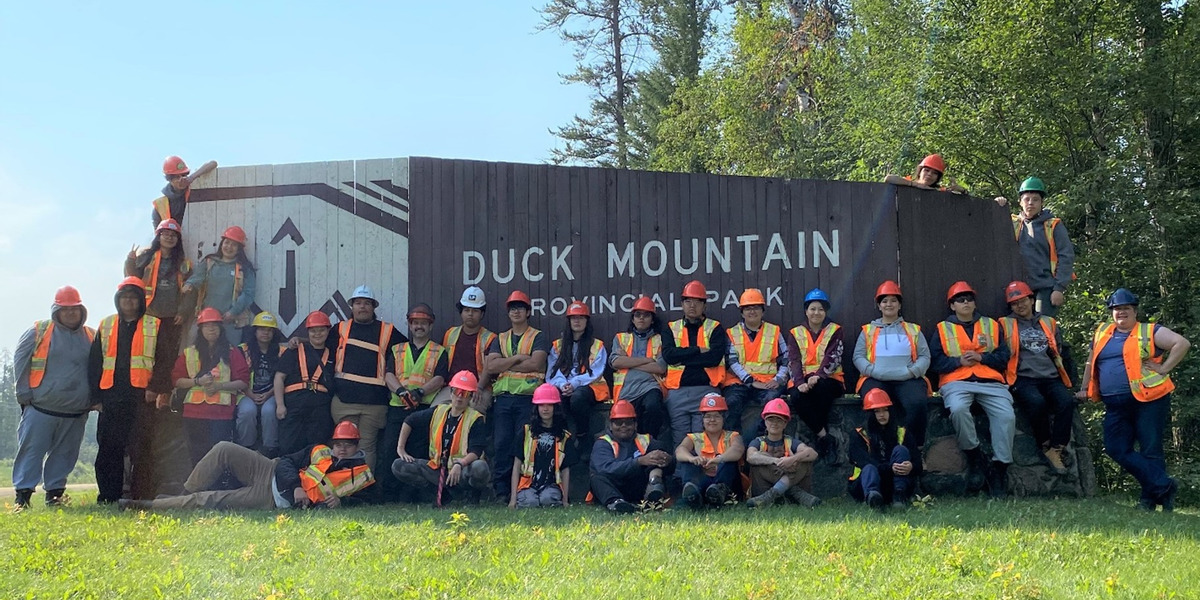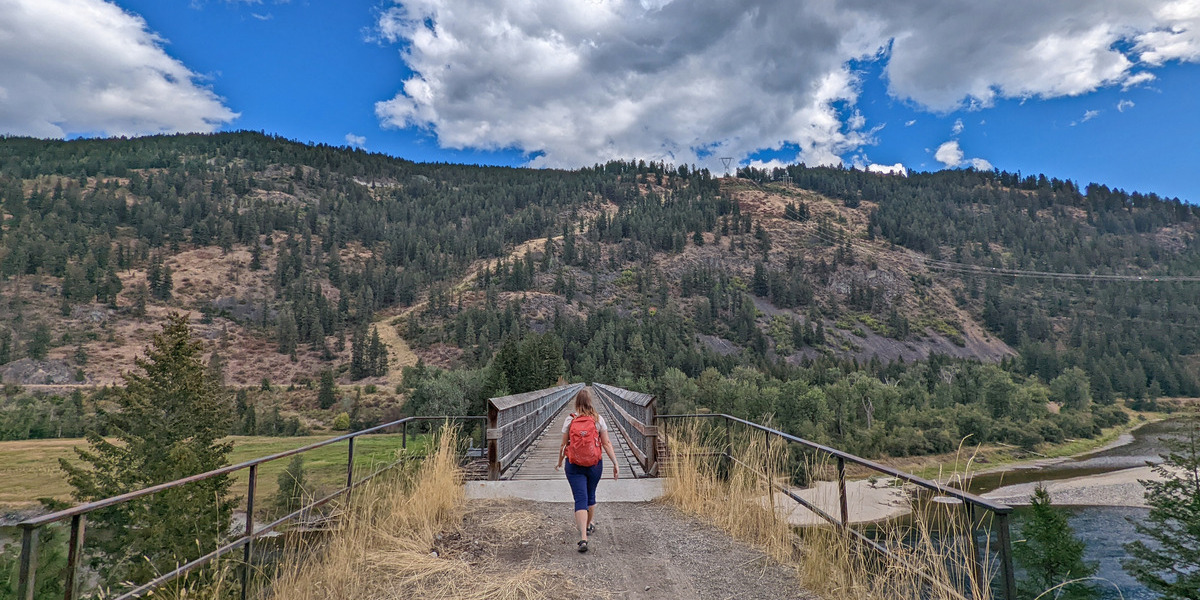How Potlotek’s Forest of Hope Trail is Building Community and Helping to Protect Mental Health

Potlotek First Nation, on Unama’ki (Cape Breton Island), Nova Scotia, was looking to create a space for hope and healing within the community. Their recently constructed Forest of Hope Trail is doing just that — and enhancing access to nature for all. This community-driven initiative included trail construction and tree-planting, and it continues to grow, with the community coming together to expand the trail year after year.
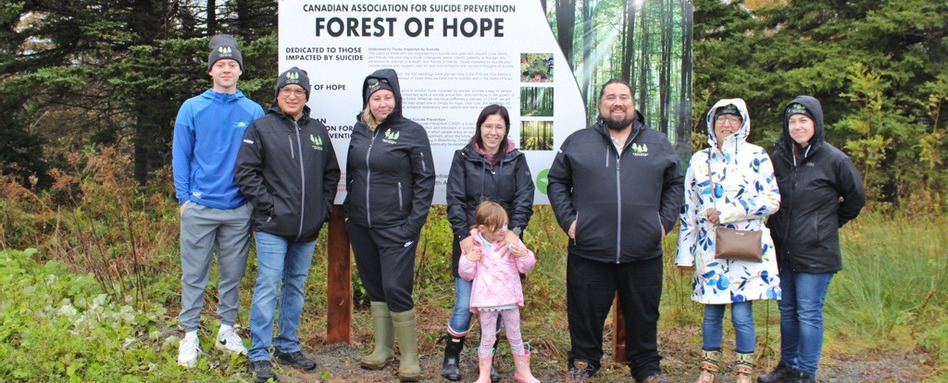
Photo credit: Veronica Bernard
The idea took root
Created in conjunction with the Canadian Association for Suicide Prevention, a Forest of Hope is a space within communities that have been impacted by suicide loss. The project helps to raise awareness about suicide prevention, promote healing, and improve access to nature.
Veronica Marshall-Bernard, a clinical therapist from Potlotek First Nation, is deeply involved in mental health and wellness work in the community.
“Potlotek is a small Mi’kmaw community of about 800 registered band members, located in the heart of Cape Breton, Nova Scotia,” she says. “In 2023, Nova Scotia was the chosen province for the second Forest of Hope in Canada through the Canadian Association for Suicide Prevention.” Potlotek expressed an interest in becoming a location for a Forest of Hope, and in October 2023, a Forest of Hope was created in the community.
“I first became involved when I was chosen as a guest speaker. I spoke about the loss of my brothers, who died by suicide. This is also why the project is near and dear to my heart and will continue to be as the trail grows,” Veronica explains.
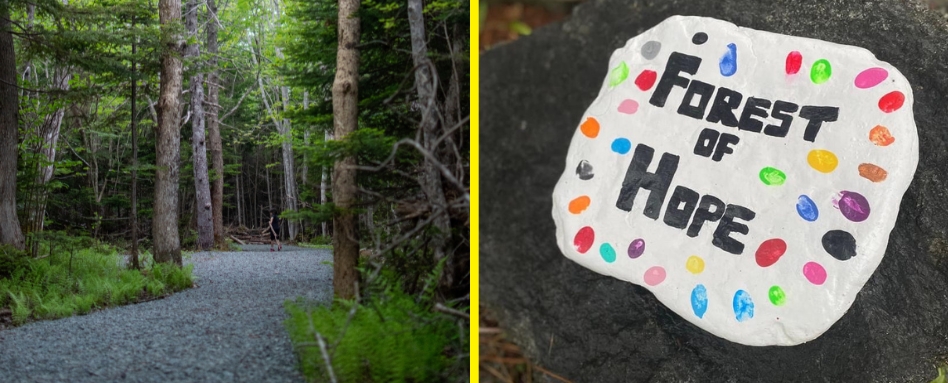
A trail that winds through the community
In 2023, a 1.1-kilometre-long trail was reconstructed on an existing trail. The work included repairing washouts and installing a culvert to improve drainage and the trail’s overall condition.
The Forest of Hope Trail runs from the tennis courts to the medical center, and also branches off at the tennis courts and continues to the local high school. The trail was officially registered in 2024 and is now part of the Trans Canada Trail network. The trail includes several elements: a healing garden, art installation, and intentional spaces for reflection, benches, and places for healing and spiritual renewal.
“The healing garden was created with everything from blueberries to medicines such as sweetgrass,” Veronica says. Approximately 1,200 tree species have been planted, including yellow birch, red maple, red, white and black spruce and several softwood trees.
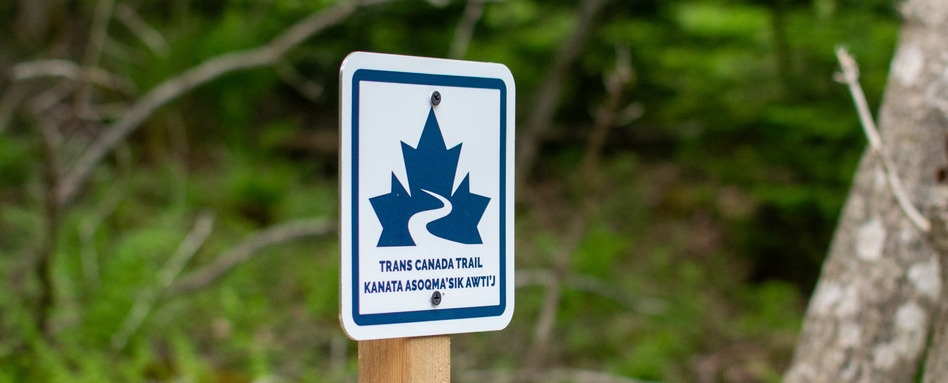
Photo credit: Tiffany MacRae | Tiffany MacRae Photography
Honouring loved ones and growing green spaces
Following trail construction, community members came together to plant a tree in honour of loved ones lost to suicide in the name of hope. Veronica notes that approximately 50 organizations are connected to the trail. “The trail is used daily by many,” Veronica says. “Elementary school children, high school students, staff, people going to the local gym and others all use the trail.”
Although trail construction is complete, it continues to be improved upon. Thanks to funding from the Indigenous Communities Funding Stream, several enhancements were made to the trail section:
• Trail surface enhancements were completed, improving drainage and accessibility.
• Memorial benches and picnic benches were installed.
• Trail Crew Training curriculum was offered to youth in the community.
• Wayfinding signing and some wooden sculptures that were commissioned by a local artist were installed along the trail. Lighting and additional signage will be erected later in 2025.
Potlotek was also selected as a location for Trans Canada Trail’s 2025 Trail Care grants and organized an event on International Trails Day in June.
“We’re thrilled to be working with Potlotek to support community-led trail enhancements and initiatives,” says Janice Valant, Trans Canada Trail’s Coordinator, Trail Initiatives. “We’re happy to see how the community uses the trail, regularly demonstrating how nature and access to trails impacts community members of all ages so positively.”
Find out more about our funding programs.
Main photo credit: Tiffany MacRae | Tiffany MacRae Photography


